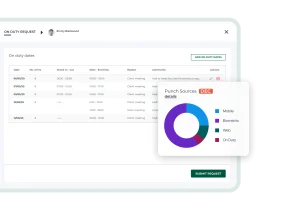Finance
More
Finance
What are the 10 Books to Read to Help You Improve Your Finances?
Jobs
More
How to Network and Make Valuable Connections
When people discuss success, they often mention hard work, discipline, and perhaps a sprinkle of …

What are the Major Key Workplace Differences between Millennials and Gen Z?
Walk into a coffee shop co-working space in any major city and you’ll see it: …

What are the Online Gigs that Pay Well?
The digital age has transformed the way people earn money. Remote work is no longer …

What are the Top 10 BambooHR Alternatives for HR Management?
Human resources isn’t just about paperwork anymore—it’s about strategy, culture, and employee engagement. Tools like …

How to Deal with Insubordination in the Workplace
Every workplace has its challenges, but few test leadership like insubordination. When an employee openly …

What are the Ways to Improve Employee Morale?
Let’s face it—nobody does their best work when they’re drained, stressed, or feeling invisible. Low …
Travel
More
What are the Breathtaking Fall Foliage Road Trip Destinations in Canada?
When autumn descends on Canada, the landscape bursts into fiery colors—reds, oranges, and golds as …

5 Awesome Things You Could Enjoy If You Had One Less Bill to Pay
Ever feel like your bills multiply overnight? One month, it’s the internet bill. Next, your …

What is the Best Travel Camera in 2025?
Traveling opens the door to unforgettable memories, and capturing those moments requires the right camera. …













